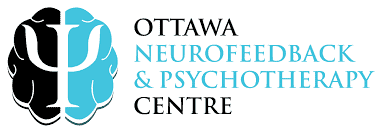Neurofeedback is a powerful tool that optimises brain function by leveraging EEG biofeedback. This form of therapy targets the root causes associated with your symptoms, promoting lasting positive changes.
Even without a specific diagnosis, neurofeedback can effectively alleviate symptoms related to ADHD, anxiety, depression, PTSD, and learning disabilities.
Neurofeedback therapy has the potential to improve your overall mental well-being and cognitive functioning, making it a valuable option if you are seeking to improve your quality of life. If you’re interested in seeing if Neurofeedback therapy can be helpful, book a call to learn more.
The first step would be to set up a free Neurofeedback phone call consultation with one of our technicians who can answer any questions you have. During this free consultation, our experienced professionals will guide you through the science behind neurofeedback and its potential benefits for your unique needs. Whether you’re seeking improved concentration, stress relief, or better sleep, this personalized session will provide valuable insights into how neurofeedback can empower you to achieve your mental wellness goals.
If you have questions about or are interested in neurofeedback, you can book a free 20-minute consultation with one of our clinicians/technicians!
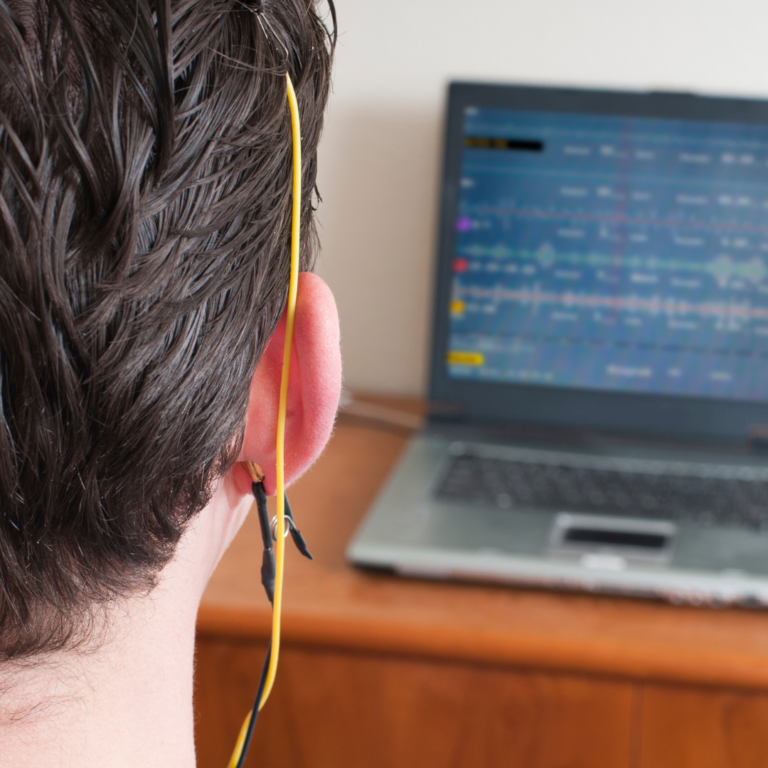
During this comprehensive interview, we delve into your symptoms, current health status, and treatment goals. It's also an ideal opportunity for you to inquire about any aspects of neurofeedback treatment.
We conduct a baseline recording of your brainwave function, which is then meticulously analyzed to gain deeper insights into your symptoms. This analysis informs the creation of your personalized treatment plan.
Our tailored treatment sessions typically last between 30 to 60 minutes and occur one to three times per week. Experience effective therapy without the need for surgery or medication.
When you reach out to us, we’ll schedule a 50-minute intake appointment with one of our specially trained clinicians. During this session, you’ll have the chance to share your experiences and discuss your treatment goals with our team.
We’ll take this time to learn more about you, gathering information about your symptoms, personal history, and brain arousal patterns.
Based on this information, we’ll provide feedback on whether Psychotherapy, Neurofeedback, or further assessments may be beneficial for you. This is also your opportunity to ask any questions and gain a clear understanding of how these treatment options can support your progress.
Following the intake session, we’ll guide you through the next steps in the Neurofeedback process and/or offer Psychotherapy options.
Most insurance plans cover the intake fee, ensuring accessibility to our services.
We will spend this time getting to know you, as well as gather information about your symptoms/experiences, history, and indicators of brain arousal patterns. This initial assessment is crucial in tailoring our approach to best address your unique needs and provide the most effective Neurofeedback training.
This information will allow us to give you feedback about whether you are a good candidate for Psychotherapy, Neurofeedback therapy, or if any further assessments may be beneficial. This is also your opportunity to ask questions and understand how these treatment options can help you move forward. We want to support your well-being and help you achieve your mental health goals.
After this session, we will guide you to the next step in the Neurofeedback therapy process and/or offer Psychotherapy options.
The intake fee is covered under most insurance plans.

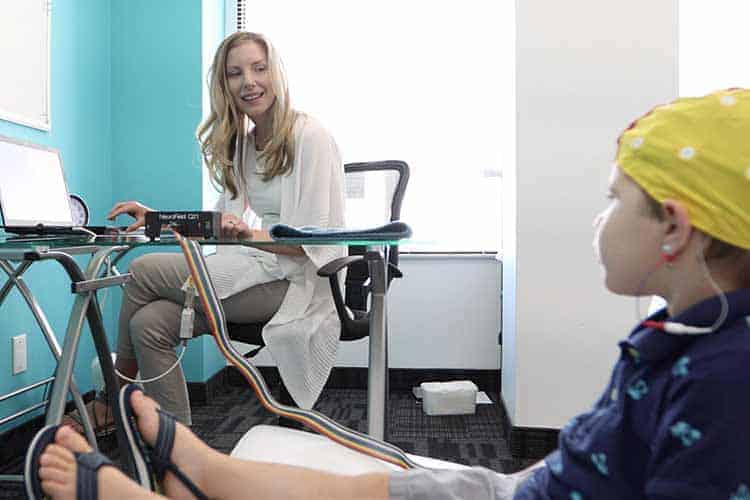
A Quantitative Electroencephalograph (QEEG) provides an in-depth analysis of an individual’s brain activity, serving as the gold standard for Neurofeedback assessments. This process involves two appointments.
During the first appointment (QEEG Acquisition), lasting approximately one hour, you’ll visit our office. We’ll place a cap with sensors on your head to capture a visual map of your brain activity, known as a QEEG. You’ll be asked to remain still as we record your brain activity with both eyes open and closed. Once the recordings are complete, the cap will be removed, and you can leave the office.
Following this session, we meticulously analyze your QEEG data. We identify any activity related to your symptoms, compare your brain function to a normative database, assess connectivity and neural pathways (relevant for concussions, learning disorders, and autism spectrum disorder), and examine EEG morphology.
This comprehensive analysis enables us to understand the underlying brain function contributing to your symptoms. Combined with the information provided during your intake consultation, we collaboratively develop a treatment plan during the feedback session, which constitutes the second appointment (QEEG Feedback). During this session, we’ll review the data together and provide you with a summary and images of your brain activity.
The cost of completing the QEEG Brain Map assessment is typically covered by most insurance plans, ensuring accessibility to this essential evaluation.
We provide various types of Neurofeedback treatments tailored to meet your unique needs, including Traditional Neurofeedback (Single-Channel Training), LoRETA Z-Score Training, High-Performance Neurofeedback (HPN), Neuroptimal Neurofeedback, and Audio-Visual Entrainment. Each treatment offers slight variations in approach, facilitating changes in your brain function. The number and duration of sessions are customized to your individual requirements. Typically, a course of treatment involves visiting the office twice per week for 3-4 months, followed by once per week for an additional 1-2 months.
When monitoring progress, some Neurofeedback treatments rely on weekly data monitoring, while others rely on symptom reports. For LoRETA Z-Score Training, you’ll receive a complimentary review session with one of our clinicians after 12 sessions to discuss progress and potential adjustments to treatment. Similarly, for Traditional Neurofeedback (Single-Channel Training), this review occurs around the 20-session mark and can be integrated into your sessions or scheduled separately with a clinician.
The cost of treatment sessions varies, with an average price of $100 per session. Most insurance plans cover these sessions, ensuring affordability and accessibility to our services.
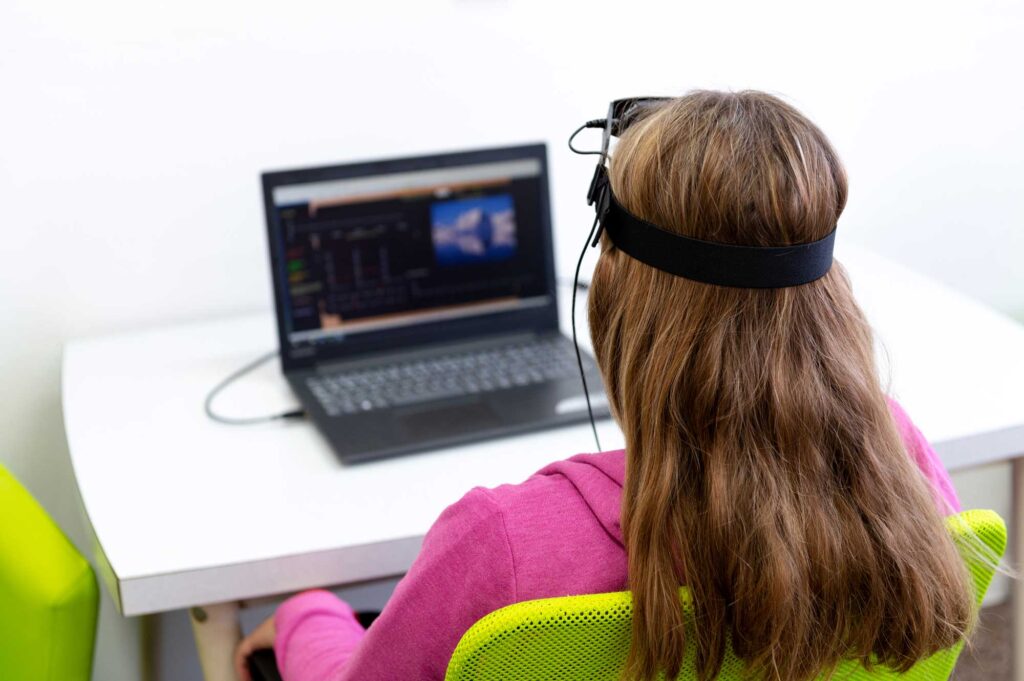
In Traditional Neurofeedback, also known as single-channel training, sensors are placed on two sides of your head, and during the session, you engage in playing a video game with your brain. This system operates on the principle of operant conditioning, where clients receive rewards such as beeps, points, and gameplay when they alter their brainwaves to healthier patterns.
Prior to commencing this type of Neurofeedback, it’s advisable to undergo a QEEG Brain Map. This map allows us to pinpoint the precise parts of the brain that are dysregulated, ensuring that sensors are placed on the correct sites requiring feedback. Traditional Neurofeedback is extensively researched, and the American Academy of Pediatrics (AAP) recently rated it at the same level of efficacy as stimulant medication for individuals dealing with ADD and ADHD. It provides stabilization for individuals experiencing imbalances in the QEEG.


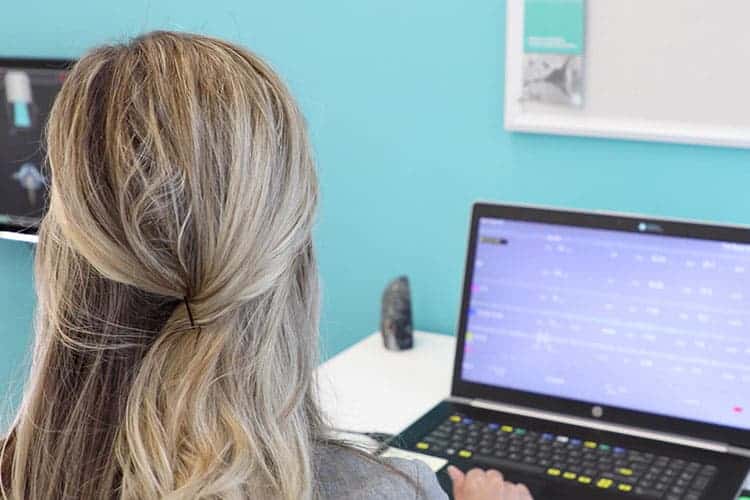
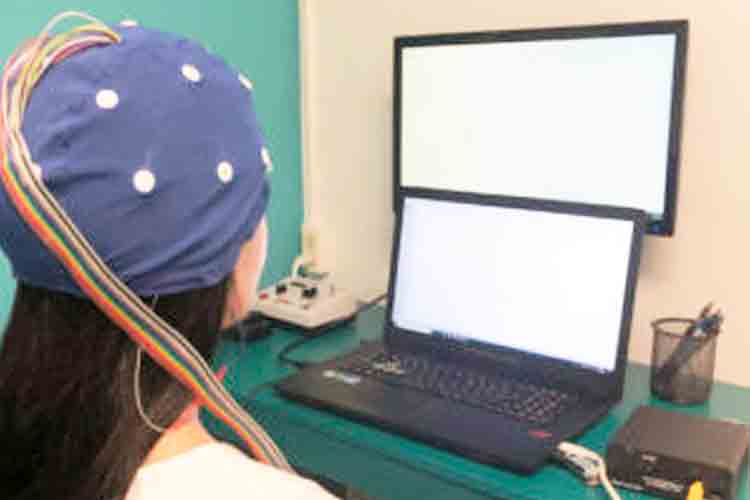
LoReta Z-Score Training, also known as LoReta Neurofeedback, represents the most advanced form of Neurofeedback training available. It aids in regulating the deep structures of the brain and enhancing connectivity between brain networks unlike any other form of Neurofeedback.
The objective of LoReta is to bolster the stability of information processing in dysregulated networks and connections based on the client’s symptoms. It specifically targets areas of the brain and connections between nodes associated with symptoms, focusing on deep brain structures that are out of balance. Similar to traditional Neurofeedback, LoReta provides operant conditioning rewards based on your brainwaves compared to those of a healthy population. Notably, LoReta can simultaneously target multiple brain networks and symptoms, often necessitating fewer sessions than traditional Neurofeedback.
During each session, a cap with 19 sensors is applied to your head. Your brainwaves learn to achieve balance and normalization as they receive rewards.
High Performance Neurofeedback, also referred to as NeuroGen neurofeedback, gently guides the brain out of stuck patterns. As your sessions progress, the sensors are gradually moved across 10 different sites of the brain to provide feedback to the entire brain. These sensors identify dominant stuck patterns in the brain, and the system sends a slightly different frequency back to the brain. Although the brain receives a signal, it is about 4,000 times weaker than the exposure when holding a cell phone to your head.
HPN is suitable for children as young as two years old and is particularly beneficial for children who struggle to sit still, as sensors are placed on different sites of the head for brief periods. It offers a global treatment approach, targeting multiple symptoms and imbalances simultaneously. Clients often experience results quickly, with some feeling the effects before the session concludes. Most individuals notice a difference within their initial four sessions.


Audio-Visual Entrainment (AVE) is a straightforward, non-intrusive device that utilizes a coordinated series of light and sound at specific frequencies to gently and safely guide your brain into desired patterns. The frequencies and patterns produced can assist in meditative practices, calming the mind, boosting mood, improving sleep, and/or enhancing mental clarity.
AVE offers a drug-free approach to conditions such as Anxiety, Seasonal Affective Disorder, Chronic pain, Fibromyalgia, PTSD, and ADHD. It has also demonstrated efficacy in heightening performance and improving cognition. It serves as an effective way to exercise the brain, as these pattern changes can be quantified using QEEGs or brain mapping. Research has indicated that stimulation of frontal brain regions increases synaptic density. AVE usage can aid in brain recovery, repair, and restoration of equilibrium.
We are pleased to introduce Audio-Visual Entrainment as an adjunct to your regular neurofeedback treatment and/or psychotherapy sessions. You can discuss with your therapist and jointly decide on the protocol you wish to try, and we will collaboratively develop a treatment plan with you.
AVE is a drug-free approach to some conditions such as Anxiety, Seasonal Affective Disorder, Chronic pain, Fibromyalgia, PTSD, and ADHD. It has also been shown to heighten performance and improve cognition. It is a proven way of exercising the brain, as these pattern changes can be quantified using QEEGs or brain mapping. Research has also shown stimulation of frontal regions of the brain increases synaptic density. The use of the AVE can help the brain recover, repair, and restore its equilibrium. Furthermore, AVE has gained recognition for its potential to enhance overall brain function and reduce the reliance on medication in managing these conditions.
Audio-Visual Entrainment (AVE) is a straightforward, non-intrusive device that utilizes a coordinated series of light and sound at specific frequencies to gently and safely guide your brain into desired patterns. The frequencies and patterns produced can assist in meditative practices, calming the mind, boosting mood, improving sleep, and/or enhancing mental clarity.
AVE offers a drug-free approach to conditions such as Anxiety, Seasonal Affective Disorder, Chronic pain, Fibromyalgia, PTSD, and ADHD. It has also demonstrated efficacy in heightening performance and improving cognition. It serves as an effective way to exercise the brain, as these pattern changes can be quantified using QEEGs or brain mapping. Research has indicated that stimulation of frontal brain regions increases synaptic density. AVE usage can aid in brain recovery, repair, and restoration of equilibrium.
We are pleased to introduce Audio-Visual Entrainment as an adjunct to your regular neurofeedback treatment and/or psychotherapy sessions. You can discuss with your therapist and jointly decide on the protocol you wish to try, and we will collaboratively develop a treatment plan with you.
Post-session, there are typically no reported side effects aside from feeling calm and relaxed. The only known contraindication for AVE is that it is not recommended for individuals with a history of seizures.
NuVista Mental Health Neurofeedback is versatile and effective in addressing various neurological and psychological conditions. These may include but are not limited to traumatic brain injury, obsessive-compulsive disorder (OCD), and other disorders impacting the central nervous system. By targeting specific brain wave abnormalities, such as slower brain wave activity or irregular alpha waves, this therapy assists in alleviating symptoms and enhancing cognitive processes.
Yes, NuVista Mental Health Neurofeedback is a safe and non-invasive therapy method. It does not involve any medication and is well-tolerated by most individuals. The therapy is conducted under the supervision of trained professionals in clinical neuroscience, ensuring optimal safety and effectiveness throughout the treatment process.
The timeline for experiencing results with NuVista Mental Health Neurofeedback may vary depending on individual factors such as the severity of the condition and the patient's responsiveness to the therapy. While some patients may notice improvements after a few sessions, others may require more extended treatment duration. Consistency and adherence to the treatment plan are key factors in achieving optimal outcomes.
Yes, NuVista Mental Health Neurofeedback is suitable for individuals of all age groups, from children to adults. The therapy can be tailored to accommodate the specific needs and developmental stages of each patient, making it a versatile option for addressing neurological conditions across different demographics.
To begin your journey with NuVista Mental Health Neurofeedback, simply reach out to our experienced team of professionals. We will schedule a comprehensive assessment to evaluate your specific needs and determine the most appropriate treatment plan. Our dedicated staff will guide you through every step of the process, ensuring a personalized and effective neurofeedback experience tailored to your unique requirements.
In Ontario call Connex Ontario Health Services Information at 1 866-531-2600
In Nova Scotia you can reach the Mental Health Mobile Crisis Team at 1-888-429-8167 (Toll Free).
In New Brunswick call Chimo Helpline at
1-800-667-5005
General Connex call Ontario Helpline at 1-866-531-2600
The Canada Suicide Prevention Service is available 24/7, 365 days a year. You can reach them by calling
1-833-456-4566.
Copyright ©2024 • NuVista Mental Health
